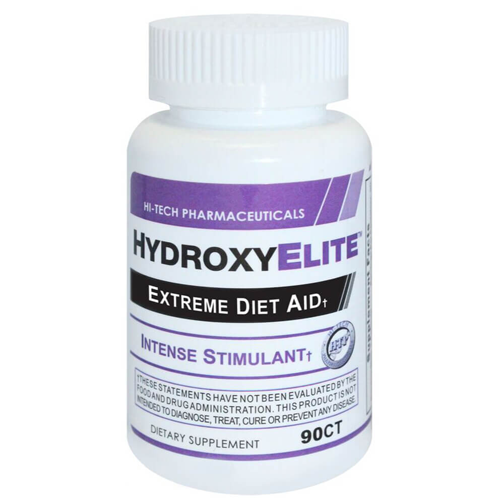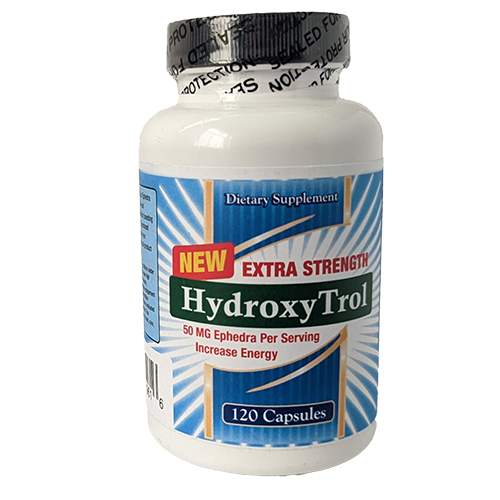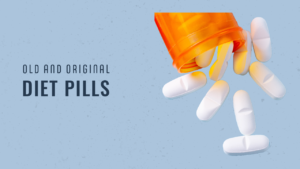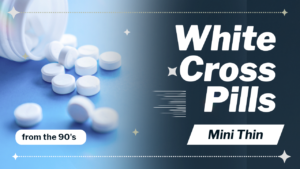The 1990s delivers the diet pill cultural phenomenon. These supplements promise quick and effortless weight loss. Furthermore, these pills market a magic solution to shed pounds. Therefore, the claims capture the attention and wallets of individuals eager to achieve their ideal body. The allure was undeniable. However, controversies surround their use. The era of 90s diet pills uncover the rise and popularity, the controversies, and the lasting impact they had on the weight loss industry.
The Rise and Popularity of 90s Diet Pills
The 90s mark a significant shift in society’s perception of body image and the pursuit of an ideal figure. Specifically, the rise of supermodels and the emphasis on thinness gain immense popularity. Now, diet pills deliver means to achieve rapid weight loss. Companies capitalize on this trend. Next, weight loss pills flood the market and promise miraculous results. Nevertheless, these supplements market appetite suppressants, fat burners, or metabolism boosters. The supplements appeal to desperate individuals.
The easy access further contributes to their popularity. Now, readily available over the counter provide anyone a quick fix for their weight struggles. Unfortunately, the lack of regulation and oversight means many pills contain questionable ingredients. Especially, their safety and effectiveness often untested.

Controversies Surrounding 90s Diet Pills
The surge in popularity follows a wave of controversies. First, the major concerns identifies the potential health risks. Many 90s diet pills contain ingredients such as ephedra. Ephedra produces a stimulant that could lead to high blood pressure, heart palpitations, and even fatal consequences. Second, reports of adverse reactions and deaths link these pills. Next, investigations prop up into their safety.
Another controversy demonstrates the lack of scientific evidence that support the claims. Nonetheless, some pills did show short-term weight loss results. The long-term effects and sustainability need further research. Additionally, the marketing tactics employ exaggerate the benefits while downplaying the potential risks. Therefore, misleading consumers into believing they had found a miracle weight loss solution.
Popular Diet Pills in the 90s and Their Ingredients
Several diet pills dominate the market. Fen-Phen becomes one of the most well-known diet pills. Altogether, Fen-Phen combines fenfluramine and phentermine. Moreover, Fenfluramine acts as an appetite suppressant, and phentermine stimulates the release of norepinephrine. However, Fen-Phen use discontinues due to reports of heart valve damage.
Another popular diet pill was Metabolife 356. The ephedra pill boosts metabolism and enhances weight loss. However, the risks led to its ban in the early 2000s. Indeed, these examples illustrate the prevalence of potentially harmful ingredients in 90s diet pills. This highlights the importance of understanding the composition of these supplements.
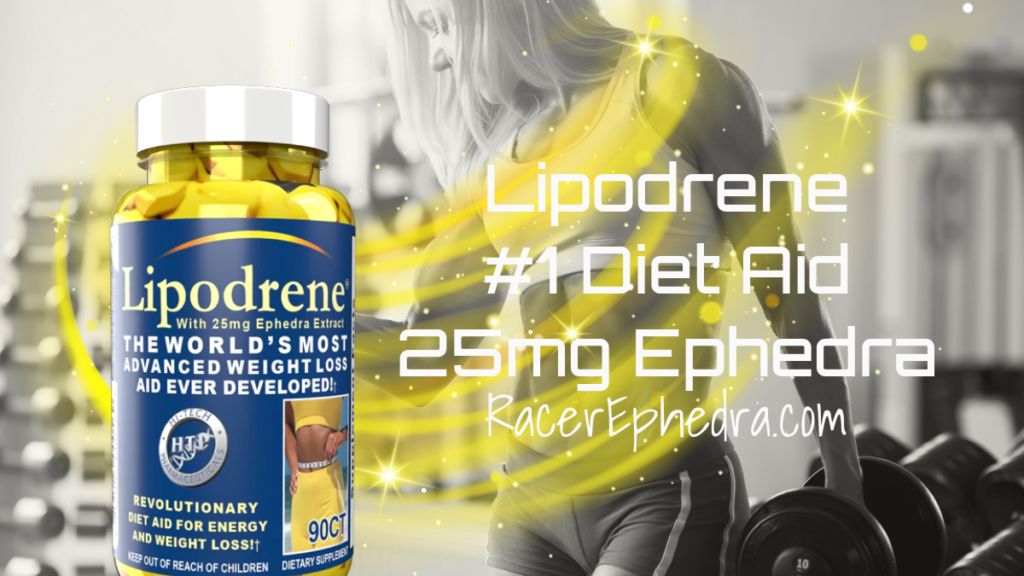
Buy the #1 ephedra diet pill of all time. Lipodrene offers intense energy and calorie burning.
Effectiveness and Safety of 90s Diet Pills
The effectiveness vary among individuals. Some experience short-term weight loss and often attribute to appetite suppression or increase metabolism. Additionally, others saw little to no results. Obviously, the sustainability was questionable. Many individuals regain the lost weight once they stopped taking the supplements.
The safety becomes a major concern. Ingredients like ephedra and the lack of regulation meant that consumers were potentially putting their health at risk. Occasionally, reports of adverse effects and even fatalities highlight the need for stricter regulations. The controversies of the 90s diet pills led to significant changes in the way these products market.
The Allure of 90s Diet Pills – Marketing and Celebrity Endorsements
The allure was not solely based on their promise weight loss results. Significantly, these pills often show before-and-after photos, testimonials, and celebrity endorsements. Therefore, the images help supplements create a sense of hope and aspiration.
Celebrity endorsements play a significant role in the popularity of 90s diet pills. Influential figures lent their names and faces. Straightaway, the association of these fat burner pills further reinforces the belief that they were the key to achieving a desired physique. However, these endorsements were often paid partnerships and may not represent the true experiences.
The Impact of 90s Diet Pills on the Weight Loss Industry
The era of 90s diet pills left a lasting impact on the weight loss industry. The controversies prompt regulatory agencies to take action and implement stricter guidelines. The ephedra ban and the requirement for scientific evidence of safety and efficacy significantly change the landscape.
The legacy brought about a shift in public perception. Now, these pills promote a greater emphasis on sustainable and healthy weight loss. Subsequently, he understanding underlines no magic solution exists. A balanced diet and regular exercise achieve long-term weight loss becomes more prevalent.
Current Regulations and Restrictions on Diet Pills
Regulatory agencies implement stricter regulations and restrictions on the manufacturing and sale of diet pills. The United States Food and Drug Administration (FDA) requires manufacturers to provide scientific evidence of safety and efficacy. Hence, before products approve for sale. Additionally, certain ingredients banned due to their potential health risks.
These regulations aim to ensure that weight loss products on the market are safe and effective. However, new products continue to emerge and the industry evolves.
Lessons Learned from the 90s Diet Pill Era
The 90s diet pill era taught us valuable lessons about the dangers of quick-fix weight loss solutions. Markedly, it highlights the importance of critical thinking and skepticism when it comes to weight loss claims. The 90s emphasize the need for scientific evidence and regulation to protect consumers.
The era taught us sustainable weight loss requires holistic lifestyle changes rather than relying solely on pills or supplements. Therefore, a balanced diet, regular exercise, and a focus on overall well-being achieve and maintain a healthy weight.

Introduction to Metabolife 356 and Hydroxycut with Ephedra
The weight loss supplement market saw the rise of two popular products: Metabolife 356 and Hydroxycut with Ephedra. These supplements gain immense popularity due to their claims of quick and effective weight loss. However, they also spark controversy and raise concerns about their safety and potential health risks.
The Popularity and Controversy Surrounding These Supplements
Metabolife 356 and Hydroxycut with Ephedra quickly gain a massive following in the 90s. Indeed, their marketing campaigns promise rapid weight loss, increase energy levels, and improve athletic performance. People want shedding pounds effortlessly and achieving their desired body shape. However, the popularity grew the controversy surrounding them.
Critics voice concerns about the safety and effectiveness. Likewise, reports of serious side effects include heart palpitations, high blood pressure, and even deaths. The use of ephedra, a powerful stimulant, drew particular attention. Furthermore, the controversy led to increase scrutiny from health authorities and eventually led to the ban on ephedra-containing products.

Find the ultimate Ephedra Buying Guide. We discuss the hottest products and the latest research.
Understanding the Ingredients and How They Work
Metabolife 356 and Hydroxycut contain ephedra as their primary ingredient. Moreover, ephedra occurs naturally and offers stimulant properties. Specifically, it stimulates the central nervous system and increases heart rate and blood pressure. This combination promotes weight loss by boosting metabolism and reducing food intake.
Both supplements contain a blend of other ingredients. The blends include caffeine, green tea extract, and various herbs. Altogether, these ingredients enhance the thermogenic effects and provide additional energy and fat-burning properties.
The Effectiveness of Metabolife 356 and Hydroxycut with Ephedra
The effectiveness promoting weight loss has been a subject of debate. Some users report significant weight loss and increase energy levels. These people attribute their success to these supplements. However, individual results may vary, and these supplements were not a guaranteed solution for everyone.
The weight loss experienced by users attributes the stimulant properties of ephedra and the thermogenic effects of the other ingredients. Precisely, ephedra increases metabolism and suppresses appetite. However, the potential risks and side effects are reported.

Potential Side Effects and Health Risks Associated with These Supplements
Metabolife 356 and Hydroxycut with Ephedra came with a range of potential side effects and health risks. The stimulant properties lead to increase heart rate, high blood pressure, and irregular heart rhythms. These effects pose a significant risk, especially for individuals with pre-existing heart conditions.
Other reported side effects include insomnia, anxiety, nervousness, and gastrointestinal issues. The combination of ephedra and caffeine heighten the risk of adverse reactions. Conversely, individual reactions can vary, and some individuals may be more susceptible to these side effects than others.
The FDA’s Involvement and the Ban on Ephedra-Containing Products
Growing concerns surround the safety of ephedra-containing products. Therefore, the Food and Drug Administration (FDA) took action. In 2004, the FDA bann the sale of dietary supplements containing ephedra alkaloids. This decision shrouds in controversy over how much health risks ephedra products actually create.
The ban on ephedra-containing products marks a significant turning point for the weight loss supplement industry. Emphatically, it highlights the importance of rigorous testing and regulation to ensure the safety. The FDA’s involvement creates a lasting impact on the formulation and marketing of weight loss products.
The Legacy of Metabolife 356 and Hydroxycut with Ephedra
The legacy of Metabolife 356 and Hydroxycut with Ephedra remains. They were pioneers in the weight loss supplement industry. The diet pills pave the way for future products and innovations. The popularity of these supplements spark a greater interest in weight loss and fuel the demand for quick and effective solutions.
The use of ephedra alkaloids has been discontinued in dietary supplements. There are now legal herbal ephedra products. The rise and fall of Metabolife 356 and Hydroxycut with Ephedra brought the potential dangers of unregulated supplements into the public eye and led to stronger regulations and safety standards.

Alternatives to These Supplements in the Modern Market
The weight loss supplement market evolves. Today, numerous alternatives market aids in weight loss without the use of potentially harmful ingredients. These alternatives often rely on natural ingredients. The ingredients include green tea extract, Garcinia Cambogia, and conjugated linoleic acid (CLA).
The effectiveness and safety of these alternatives vary. Consult a healthcare professional or a registered dietitian before starting any new weight loss supplement. They can provide guidance and help navigate the overwhelming array of products.
Consumer Experiences and Testimonials
The experiences and testimonials of consumers provide valuable insights into the effects and potential risks. Many users report initial success with weight loss and increase energy levels. However, the side effects and health risks associate these supplements cannot disregard.
Approach these testimonials with caution and consider the individual circumstances and reactions. What may work for one person may not work or may even be harmful to another. The experiences of others can serve as a starting point. They should not be the sole basis for decision-making.
Conclusion: The Legacy of 90s Diet Pills and Their Impact on Today’s Weight Loss Industry
The allure and controversy surrounding 90s diet pills left a lasting impact on the weight loss industry. They promise quick and effortless weight loss and their effectiveness and safety were often questionable. The controversies spark stricter regulations and greater awareness of the potential risks.
The legacy of the Metabolife 356 and Hydroxycut era shift the focus towards sustainable and healthy weight loss practices. We now understand that there is no magic solution and that long-term success requires lifestyle changes. As we move forward, we must be skeptical and prioritize our health.
If you are considering using weight loss supplements, consult with a healthcare professional to ensure they are safe and suitable for your individual needs.
References
Rados C. Ephedra ban: no shortage of reasons. FDA Consum. 2004 Mar-Apr;38(2) 6-7. PMID: 15101356.
Case, C.C. and Maldonado, M. (2002), Diabetic ketoacidosis associated with Metabolife: a report of two cases. Diabetes, Obesity and Metabolism, 4: 402-406. https://doi.org/10.1046/j.1463-1326.2002.00235.x
Frank LoVecchio, Belinda Sawyers, Patricia A. Eckholdt, Transient ischemic attack associated with Metabolife 356 use, The American Journal of Emergency Medicine,
Volume 23, Issue 2, 2005, Pages 199-200, ISSN 0735-6757, https://doi.org/10.1016/j.ajem.2003.12.028
Lobb A. Science of weight loss supplements: compromised by conflicts of interest? World J Gastroenterol. 2010 Oct 14;16(38):4880-2. doi: 10.3748/wjg.v16.i38.4880. PMID: 20939120; PMCID: PMC2955261.
Araujo JL, Worman HJ Acute liver injury associated with a newer formulation of the herbal weight loss supplement Hydroxycut bcr-2015-210303
Case Reports 2015;2015:bcr2015210303.
Kockler, D.R., McCarthy, M.W. and Lawson, C.L. (2001), Seizure Activity and Unresponsiveness after Hydroxycut Ingestion. Pharmacotherapy: The Journal of Human Pharmacology and Drug Therapy, 21: 647-651. https://doi.org/10.1592/phco.21.6.647.34542
